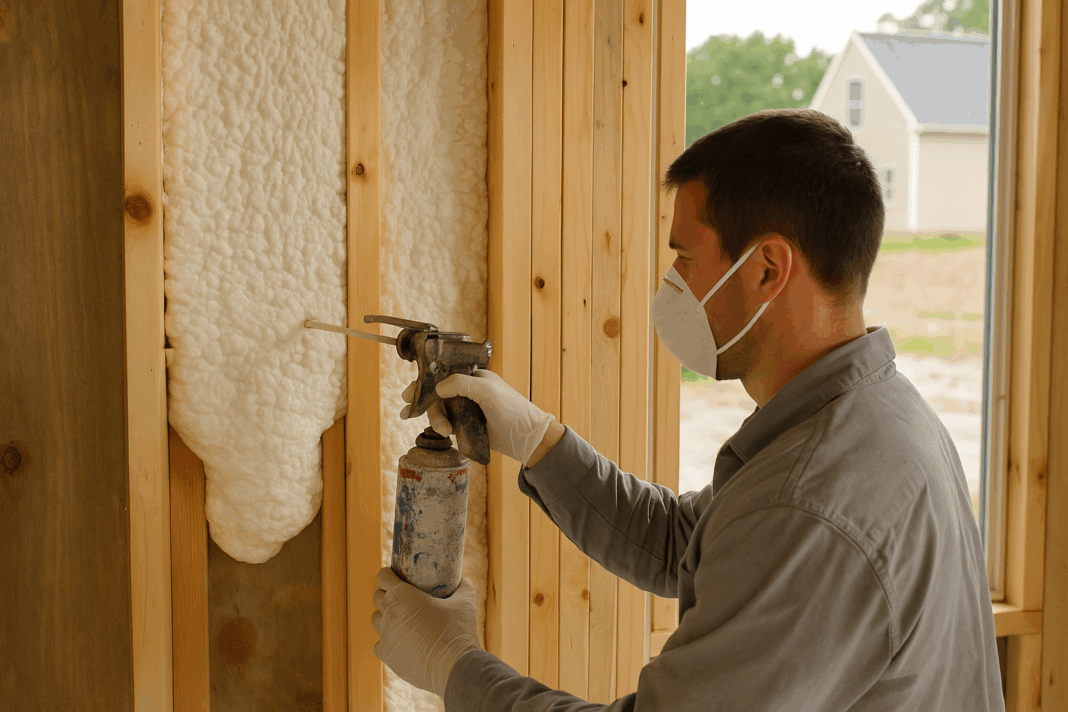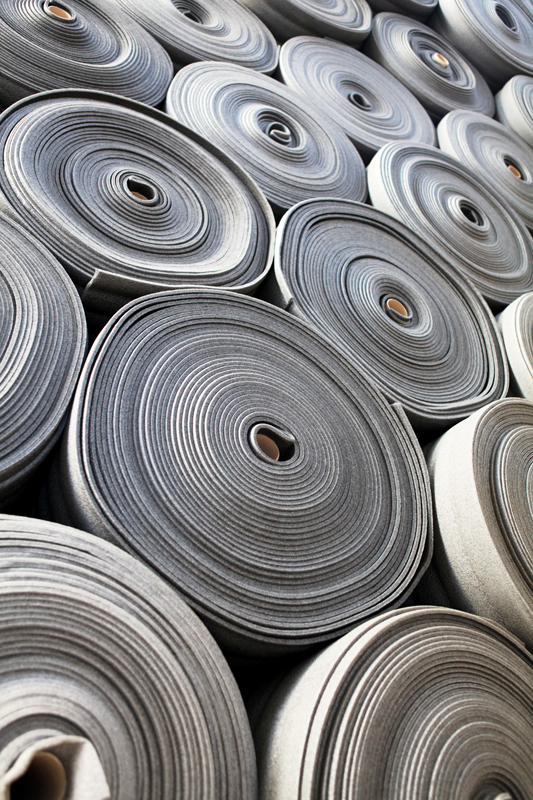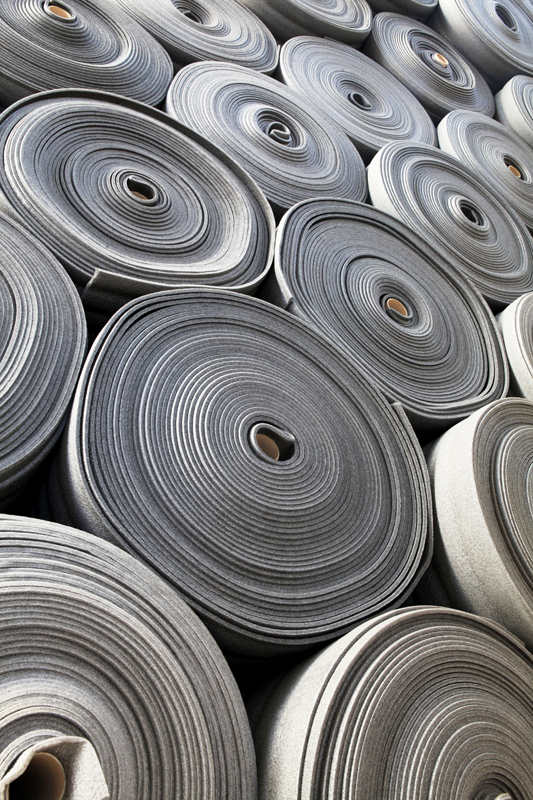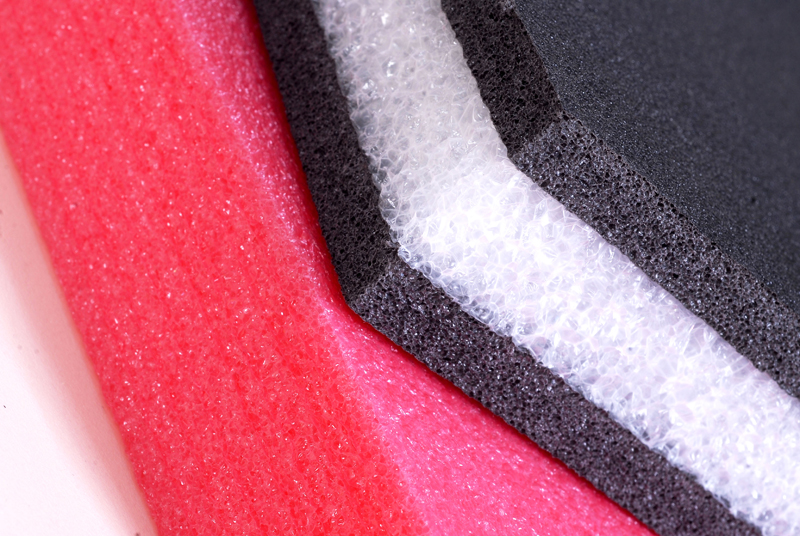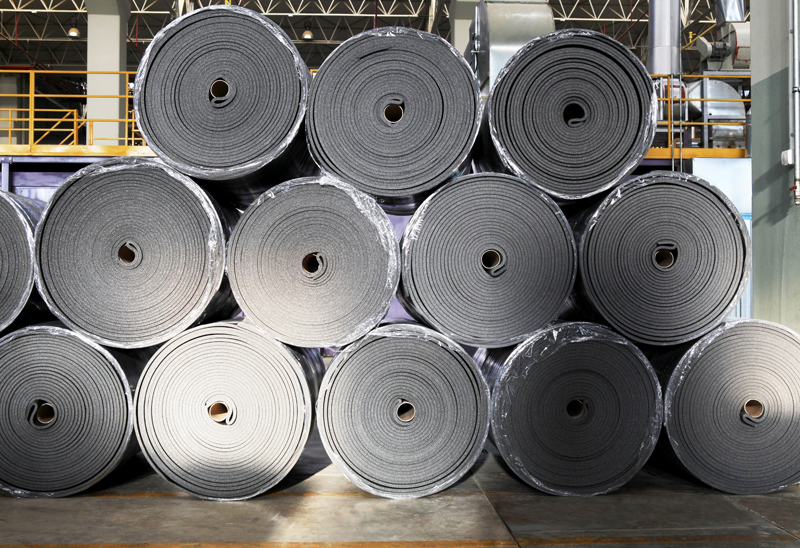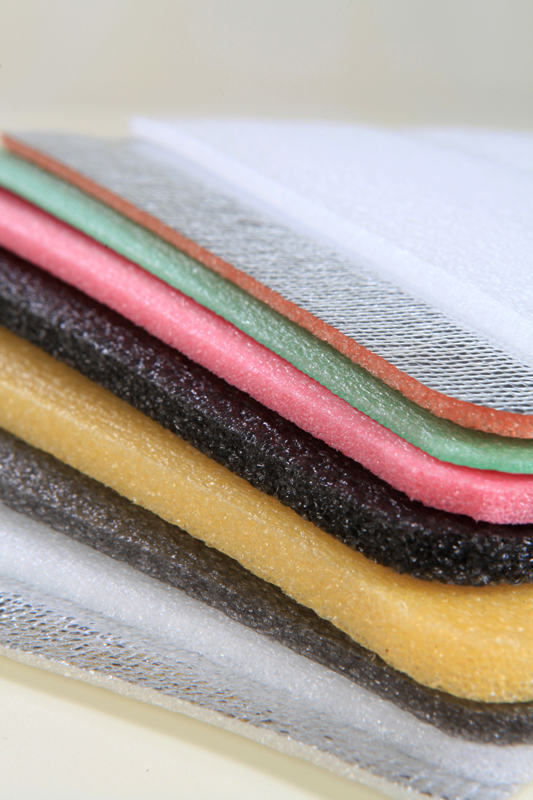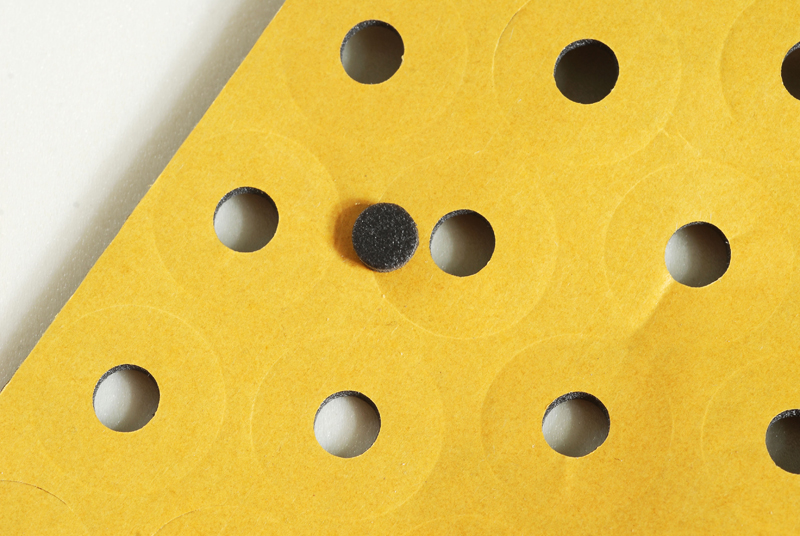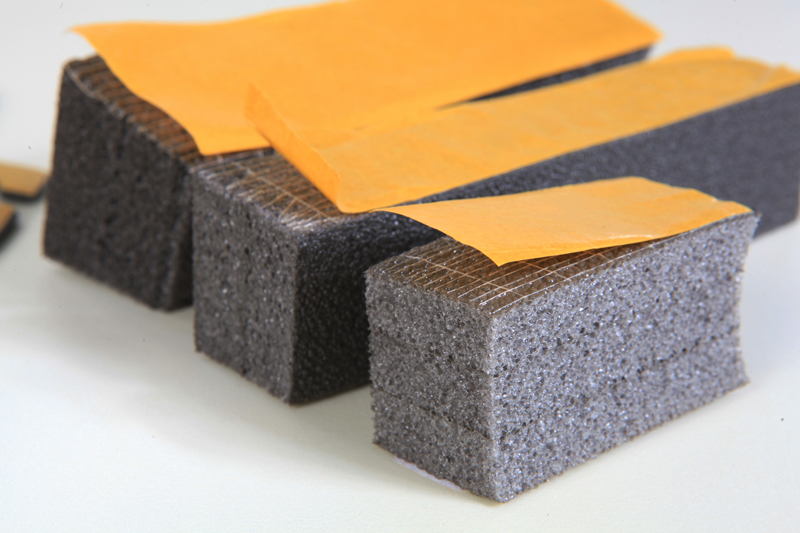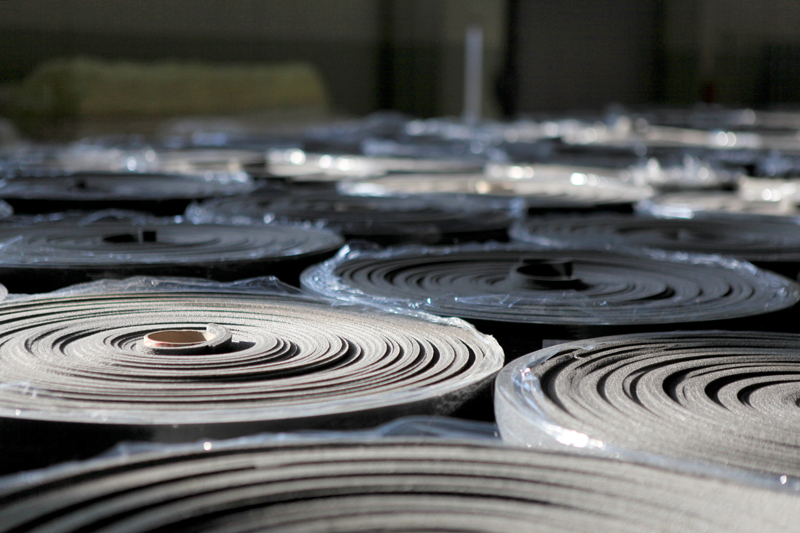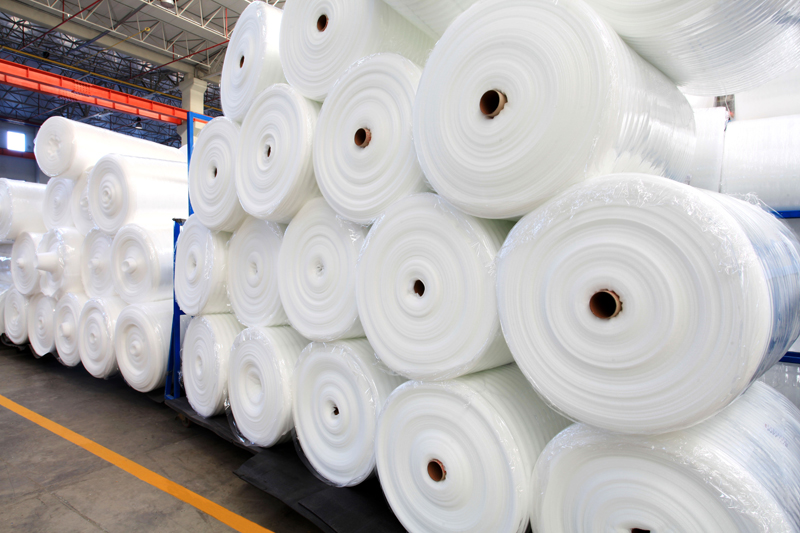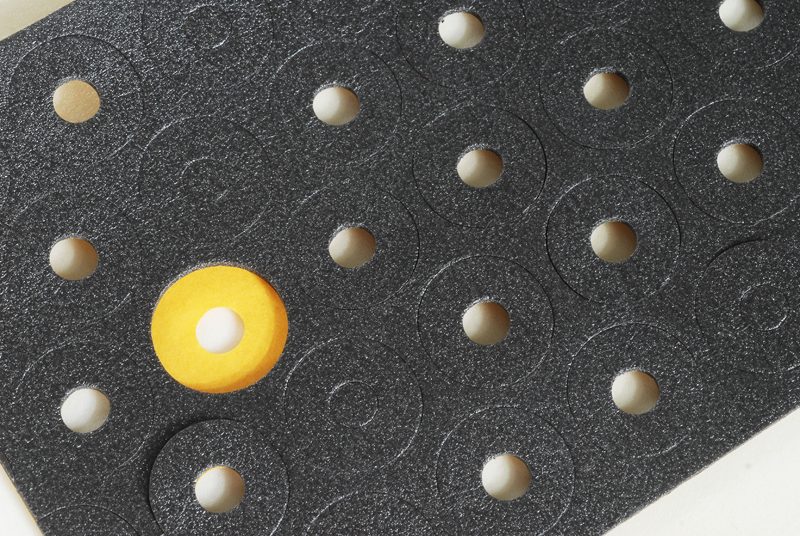The Invisible Blanket: How Foam Insulation is Revolutionizing Energy Efficiency in Buildings
Remember those chilly winter mornings when you’d see frost patterns on your bedroom window? ❄️ I grew up in a drafty old house where winter meant wearing sweaters indoors! That all changed when I discovered the magic of foam insulation. As a building efficiency consultant for 15 years, I’ve seen foam transform energy-guzzling buildings into cozy, efficient spaces. Today, I’ll share how this remarkable material is reshaping construction from the ground up!
Did you know buildings consume 40% of global energy? That’s why proper insulation isn’t just about comfort – it’s an environmental imperative! After helping retrofit hundreds of homes and commercial spaces, I’ve witnessed how polyethylene foam can slash energy bills by up to 50%. Let’s dive into the warm world of thermal insulation! 🔥
The Science of Staying Warm: How Foam Traps Heat
Foam insulation works like a thermos for your building, and here’s the fascinating physics behind it:
- Conduction blocker: Millions of air pockets slow heat transfer
- Convection stopper: Closed-cell structure prevents air circulation
- Radiation reflector: Some foams contain reflective barriers
I once tested a client’s uninsulated wall on a cold day – it lost heat 17 times faster than their foam-insulated sections! That’s like trying to heat your home with open windows all winter! 😲
The Insulation Showdown: Foam vs. Traditional Materials
Not all insulation is created equal. Here’s how foam outperforms conventional options:
| Material | R-Value per Inch | Moisture Resistance | Installation Ease | Longevity |
|---|---|---|---|---|
| Fiberglass | 2.9-3.8 | Poor | Moderate | 15-20 years |
| Cellulose | 3.2-3.8 | Fair | Difficult | 20-30 years |
| Mineral Wool | 3.0-3.3 | Good | Moderate | 30+ years |
| Physically cross linked polyethylene foam | 5.0-6.5 | Excellent | Easy | 50+ years |
| Spray Polyurethane | 6.0-6.5 | Excellent | Professional | 50+ years |
R-value measures resistance to heat flow – higher is better! As you can see, foam provides nearly double the insulation power per inch compared to traditional materials. That’s why I always recommend foam for space-constrained retrofits!
Types of Foam Insulation: Finding the Perfect Fit
Just like snowflakes, no two foam insulation products are identical:
- Spray Polyurethane Foam (SPF): Expands to fill cracks and crevices
- Rigid Board Insulation: Perfect for foundations and exterior sheathing
- Chemically cross linked polyethylene foam: Superior moisture resistance for below-grade applications
- Structural Insulated Panels (SIPs): Foam core sandwiched between structural boards
For a historic home renovation, we used spray foam in the irregular attic spaces – it reduced heating costs by 45% while preserving the original architecture!
The Energy Efficiency Payoff: Real-World Savings
Let me share some eye-opening results from my projects:
The Office Building Transformation 🏢
A 1980s office tower was spending $120,000 annually on heating. After installing PE foam insulation:
– Energy consumption dropped by 38%
– Payback period: 2.7 years
– Tenant comfort complaints decreased by 72%
The Passive House Revolution 🏡
We built a home using foam-insulated SIPs panels that:
– Maintains comfortable temperatures without conventional HVAC
– Uses 90% less energy than standard homes
– Costs just $100 annually to heat in a cold climate!
Beyond Warmth: Unexpected Benefits of Foam Insulation
While energy savings are impressive, foam delivers additional superpowers:
- Moisture barrier: Prevents mold and structural damage
- Air sealing: Reduces allergens and dust infiltration
- Structural reinforcement: Some foams increase wall strength by up to 300%
- Soundproofing: Creates quieter indoor environments
- Pest resistance: Unlike fiberglass, foam deters rodents and insects
After insulating a school with spray foam, teachers reported students could focus better – proving comfort impacts learning! 📚
This innovation hub in Turkey showcases cutting-edge foam insulation technologies – where I first witnessed aerogel-infused foam with incredible thermal properties!
Sustainability Spotlight: Eco-Friendly Foam Innovations
Modern foam insulation is shedding its environmental concerns:
- Bio-based foams: Made from soy, castor oil, or recycled plastics
- Low-GWP blowing agents: Reducing global warming potential by 99%
- Recyclable options: Closed-loop systems for production waste
- Longer lifespan: Reducing replacement frequency
I recently specified insulation made from recycled bottles that will save 85 tons of CO2 over its lifetime – equivalent to planting 2,000 trees! 🌳
Installation Masterclass: Getting Foam Insulation Right
After supervising countless installations, here are my golden rules:
- Seal before you insulate: Close air leaks first
- Mind the dew point: Prevent condensation within walls
- Respect expansion rates: Especially with spray foam
- Protect during construction: Foam can be damaged by UV and moisture
- Ventilate properly: During and after installation
When we insulated a heritage building, we used physically cross linked polyethylene foam boards that could be installed without altering the historic fabric – preserving history while improving efficiency!
The Future of Insulation: Smart Foam Technologies
Next-generation foam insulation will blow your mind:
- Phase-change foams: Absorb heat during day, release at night
- Self-healing insulation: Repairing minor damage automatically
- Electrochromic foam: Changing insulation properties on demand
- Carbon-capturing foams: Actively removing CO2 from air
- 3D-printed insulation: Custom shapes for complex spaces
I’m testing a prototype that uses AI to adjust insulation density based on weather forecasts – the ultimate climate-responsive building envelope! 🌦️
Your Energy Efficiency Action Plan
Ready to transform your space? Here’s my step-by-step guide:
- Energy audit: Identify heat loss areas with thermal imaging
- Prioritize: Focus on attic (25% heat loss), walls (35%), and foundation (15%)
- Choose materials: Match foam type to your specific needs
- Professional installation: Especially for spray foam applications
- Seal air leaks: Before insulating for maximum effectiveness
- Monitor savings: Compare utility bills pre and post-installation
Remember that even basic polyethylene foam insulation can reduce heat loss by 70% – a huge impact for minimal investment!
Wrapping Up: The Warm Truth About Foam Insulation
As I sit in my foam-insulated home during a snowstorm, watching the flakes pile up outside while staying perfectly warm inside, I reflect on how this technology represents the best of human ingenuity. We’ve taken simple air bubbles and transformed them into powerful tools for comfort, sustainability, and efficiency.
Foam insulation isn’t just about saving money – it’s about creating healthier spaces, reducing environmental impact, and enhancing quality of life. That drafty house of my childhood? It’s now a model of efficiency, thanks to foam. And yours can be too!
What will your first insulation project be? Share your questions below – I’d love to help you start your energy efficiency journey! ❄️➡️🔥

